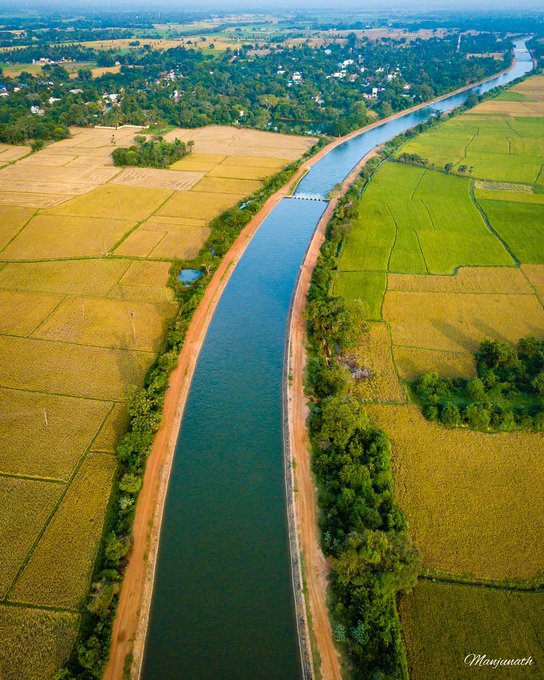HOW SHOULD WE DIE?
HOW SHOULD WE DIE?
 |
| (According to a famous story Ajamil who was a sinful person remembered God at the time of death. The gods servents then drove away the servents of Yamraj who had come to take his soul) |
Bhagwad Geeta and all the Vedic literatures suggest us to
come out of the cycle of birth and death. One who escapes this cycle attains The
Supreme. Death is said to be an examination for everybody. It is a test whose
date is not announced but is certain to take place. Bhagwad Geeta 8.5 to 8.15 gives certain
guidelines to pass this examination.
Bg 8.5 — And whoever, at the
end of his life, quits his body remembering Me alone at once attains My nature.
Of this there is no doubt.
Bg 8.6 — Whatever state of
being one remembers when he quits his body, O son of Kuntī, that state he will
attain without fail.
The state of mind at the time of quilting the body decides our (soul’s) next destination.
Lord explains TWO methods of attaining the supreme. One
method is for those who follow the personal (sagun)
conception of God and the other who follow the impersonal (nirgun) conception. Both of
them are yogis.
1. METHOD OF PERSONALISTS OR BHAKTI YOGIS
 |
(An ideal way of leaving the body: Bhishma Pitamah Meditating on Lord Krishna. He was fortunate that Lord Krishna was also present there.)
|
Bg 8.7 — Therefore, Arjuna, you should always think of Me
and at the same time carry out your prescribed duty of fighting. With your
activities dedicated to Me and your mind and intelligence fixed on Me, you will
attain Me without doubt.
 |
| (Jatayu leaving body fighting for Lord Ram) |
Bg 8.8 — He who meditates on Me as the Supreme Personality
of God, his mind constantly engaged in remembering Me, undeviated from the
path, he, O Pārtha, is sure to reach Me.
Bg 8.9 — One should meditate upon the Supreme Person as the
one who knows everything, as He who is the oldest, who is the controller, who
is smaller than the smallest, who is the maintainer of everything, who is
beyond all material conception, who is inconceivable, and who is always a
person. He is luminous like the sun, and He is transcendental, beyond this
material nature.
2. METHOD OF IMPERSONALIST YOGIS
 |
| A 'Rajyogi' in Meditation |
Bg 8.10 — One who, at the time of death, fixes his life
air between the eyebrows and, by the strength of yoga, with an undeviating
mind, engages himself in remembering the Supreme, will certainly attain to the
Supreme.
Bg 8.11 — Persons who are learned in the Vedas, who
utter oṁ-kāra, and who are great sages in the renounced order enter into
Brahman. Desiring such perfection, one practices celibacy. I shall now briefly
explain to you this process by which one may attain salvation.
Bg 8.12 — The yogic situation is that of detachment from
all sensual engagements. Closing all the doors of the senses and fixing the mind
on the heart and the life air at the top of the head, one establishes himself
in yoga.
Bg 8.13 — After being situated in this yoga practice and
vibrating the sacred syllable oṁ, the supreme combination of letters, if one
thinks of the Supreme Person and quits his body, he will certainly reach the
spiritual planets.
 |
| (A meditative posture) |
 |
| (A meditative posture) |
 |
| (Meditating on Super-soul near heart) |
Bg 8.14 — For one who always remembers Me without deviation, I am easy to obtain, O son of Pṛthā, because of his constant engagement in me.
Bg 8.15 — After attaining Me, the great souls, who are
yogīs, never return to this temporary world, which is full of miseries, because
they have attained the highest perfection.
 |
| (A meditative posture) |
* The Bhakti yogis reach the Vaikunth Planets or the abode of God in the spiritual sky, while the impersonalists mearge inthe 'Brahm Jyoti'. Both are said to be ideal situation and equivalent.











Comments
Post a Comment